Product Description
| Item | Specification |
| Internal dimension | 800W*800D*800Hmm |
| External dimension | 1300W*1000D*1700Hmm |
| Test sample | Size W20cm- L30cm-D15cm, weight 0.5kg |
| Chamber material | SUS304 Stainless steel |
| Specifications of square mesh sieve | Mesh hole 75um, mesh metal wire diameter 50um |
| Talcum powder amount | 2kg/ m |
| Airflow speed | No more than 2m/s |
| Door | Left open door with tempered glass door |
| Controller | PLC Touch Screen controller, programmable to set as below cycle: a. Blowing dust time (Stop/Blow) m/s b. Cycle time: can be adjusted c. Pre-set test time: 0s ~99m99s |
| Vacuum system | Pressure gauge, air filter, Pressure regulating FRL, connecting pipe, Vacuum pump |
| Vacuum pump capacity | 60-600 L/H |
| Fan | Centrifugal fan |
| Safety protection devices | Meter over-temperature function, Phase shortage protection, Power short-circuit protection |
The Accelerated Dust Aging Test Equipment is a cutting-edge system engineered to replicate years of dust exposure in controlled laboratory settings, enabling manufacturers to predict material degradation, component failures, and product lifespan. Compliant with IEC 60068-2-68, ISO 12103-1, and BIS IS 16046, this equipment is vital for industries requiring validation of dust resistance in harsh environments like deserts, construction zones, and industrial facilities.
Core Functionality & Innovation
1.
Dynamic Dust Simulation:
Multi-Particle Injection: Utilizes ISO 12103-1 A2 (sand), A3 (silt), and A4 (talcum) dust types for diverse environmental replication.
Variable Density Control: Adjust concentrations from 0.5 to 5 kg/m to mimic light dust clouds or severe sandstorms.
2.
Aging Acceleration Technology:
Cyclic Stress Profiles: Combine dust exposure with temperature swings (-30C to +90C) and humidity cycles (1095% RH) to accelerate material fatigue.
Mechanical Agitation: Rotating sample platforms and pneumatic vibration simulate wind erosion and equipment vibrations.
3.
Real-Time Degradation Monitoring:
Integrated Sensors: Track particulate ingress, surface abrasion, and electrical performance (e.g., contact resistance in connectors).
AI-Powered Predictive Analytics: Algorithms correlate test data with field failure rates to forecast product lifespan.
Industry-Specific Applications
1.
Solar Energy:
Test dust accumulation on photovoltaic panels and inverter cooling systems under Rajasthan-like desert conditions.
2.
Automotive:
Validate air filter efficiency, sensor durability, and paint erosion in off-road vehicles.
3.
Consumer Electronics:
Assess smartphone speaker grilles, charging ports, and camera modules for dust-induced malfunctions.
4.
Aerospace:
Simulate high-altitude sandstorms to certify engine intake filters and avionic enclosures.
Testing Workflow
1.
Baseline Assessment:
Measure initial performance metrics (e.g., airflow, electrical conductivity).
2.
Accelerated Aging:
Expose samples to cyclic dust, thermal, and vibrational stress for 100500 hours.
3.
Post-Test Evaluation:
Quantitative Analysis: Use microscopes, particle counters, and 3D profilometers to assess wear.
Compliance Reporting: Generate pass/fail certifications per IEC 60068-2-68 or customer-specific criteria.
Technical Specifications
Chamber Capacity: 0.5 m (benchtop) to 15 m (walk-in), supporting components up to 2 tons.
Dust Circulation: Closed-loop system with HEPA filtration for 95% dust reuse efficiency.
Control Interface: 10-inch touchscreen with IoT connectivity for remote monitoring and firmware updates.
Advantages Over Conventional Testing
1.
Time Compression:
500 hours of testing simulates 510 years of field exposure, reducing R&D cycles by 70%.
2.
Cost Efficiency:
Predictive analytics minimize physical prototypes, cutting development costs by 3050%.
3.
Regional Adaptability:
Pre-programmed profiles replicate Indias Thar Desert, Himalayan silt, or coastal salt-dust blends.
FAQs (Accelerated Dust Aging Test Equipment)
Q1: How does this differ from IP6X dust testing?
A: IP6X focuses on ingress prevention; accelerated aging evaluates long-term degradation from dust accumulation and abrasion.
Q2: Can it simulate monsoonal dust-mud combinations?
A: Yescustom cycles integrate humidity sprays to replicate rain-mixed dust scenarios.
Q3: What industries benefit most in India?
A: Renewable energy, automotive, and defense sectors rely on it for desert-deployed equipment validation.
Q4: How to calibrate the system?
A: Annual NABL-accredited calibration ensures 2% dust density accuracy.
Q5: Is training provided for AI analytics tools?
A: Yesonsite workshops cover data interpretation and predictive model customization.





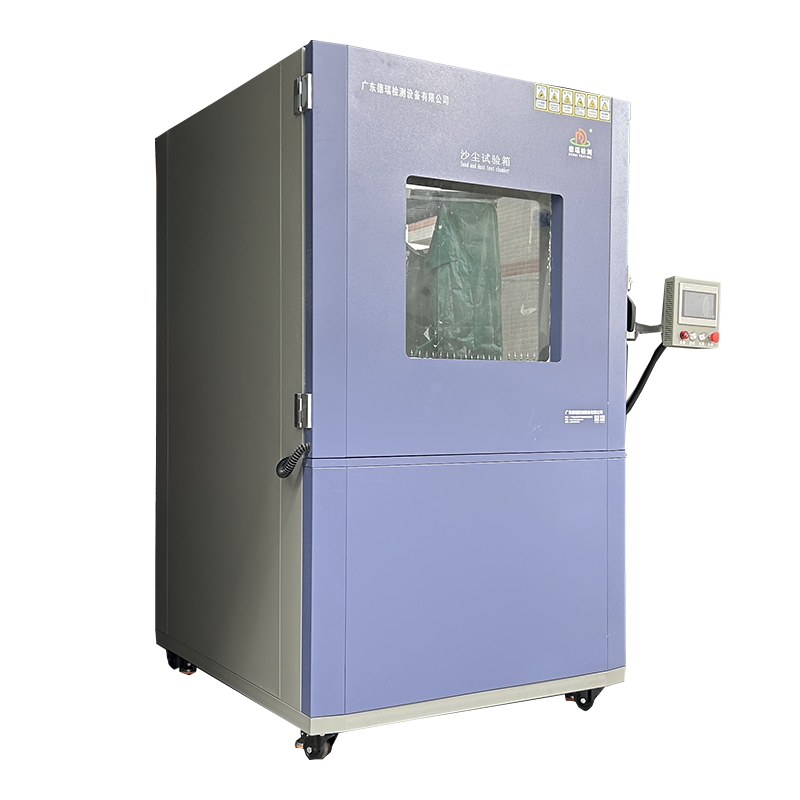

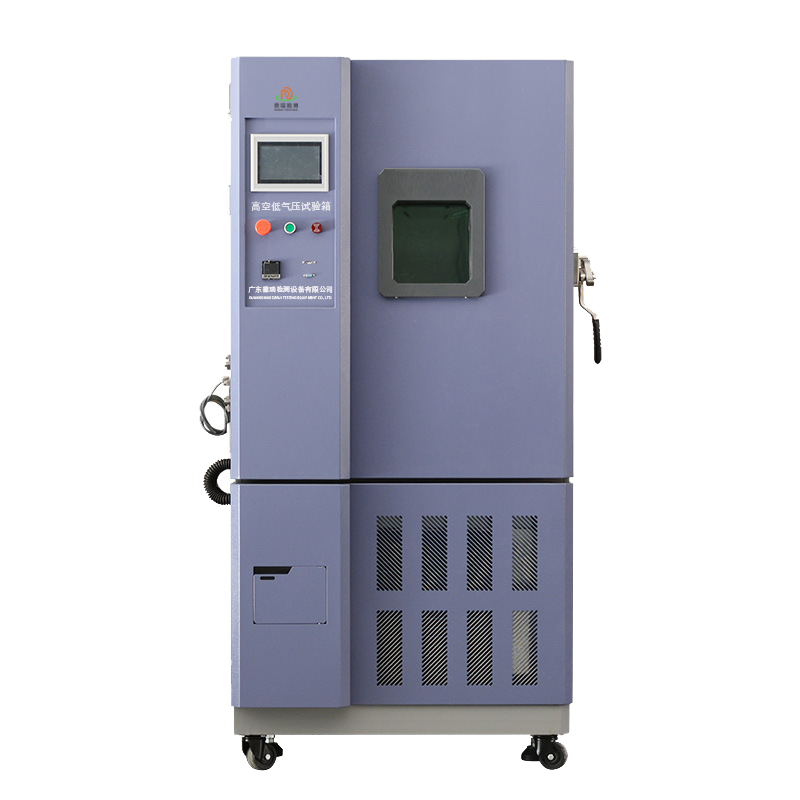
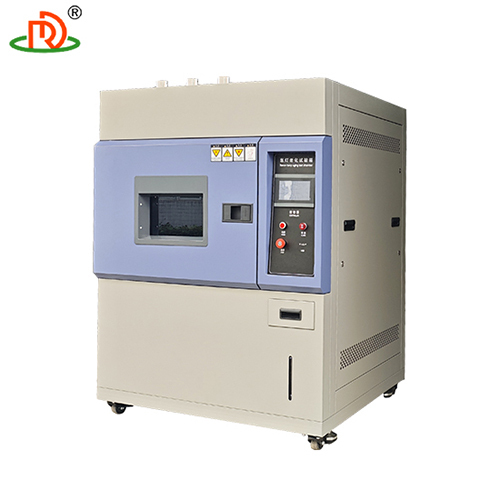
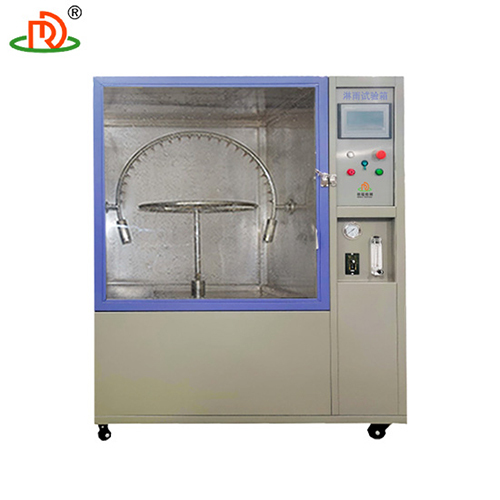
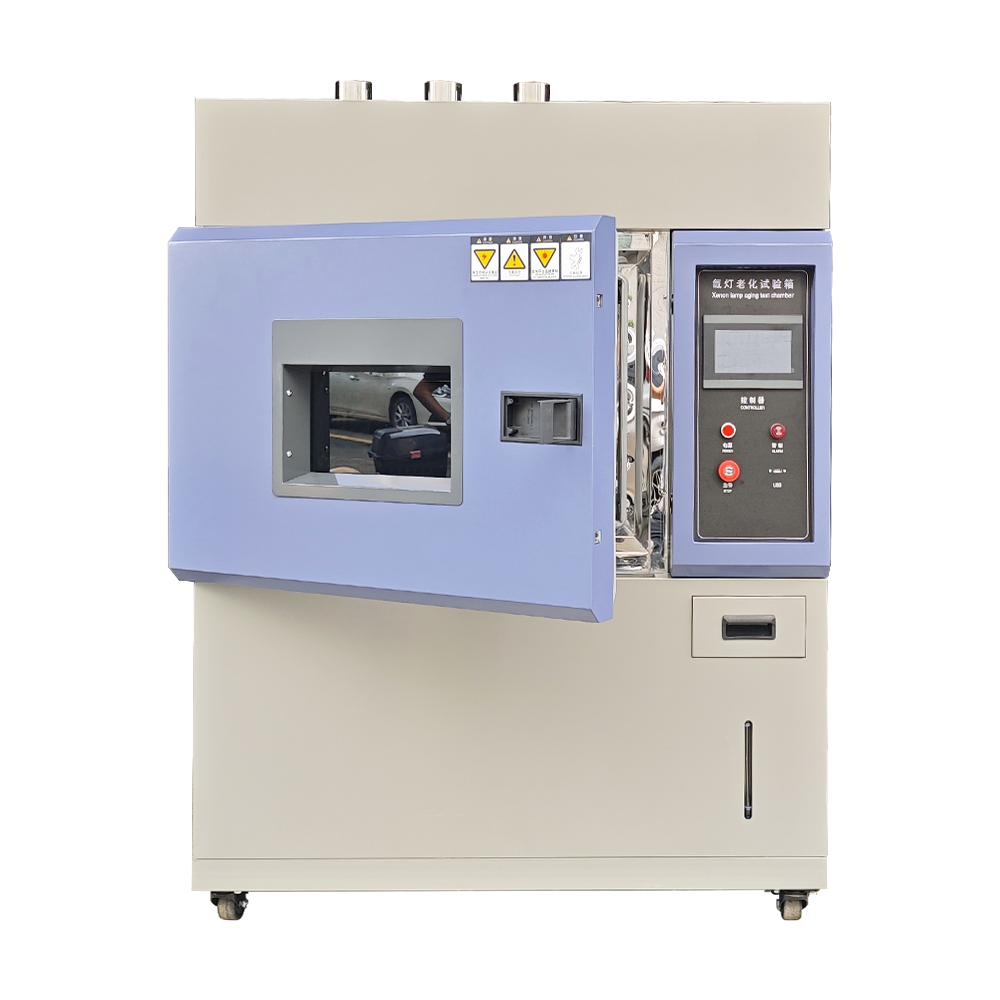

 English
English Spanish
Spanish French
French German
German Italian
Italian Chinese (Simplified)
Chinese (Simplified) Japanese
Japanese Korean
Korean Arabic
Arabic Portuguese
Portuguese